
Pope Francis Dies at 88 on Easter Monday: The Legacy and the Path Forward
On a momentous Easter Monday, the world received the solemn news of the passing of Pope Francis, who died at the age of 88. The official cause was a stroke leading to coma and irreversible heart failure. The announcement was made by Cardinal Kevin Farrell, underpinning a period of mourning and reflection within the global Catholic community. Read more about the reaction to Pope Francis’ death.

Details of Pope Francis’ Final Days
Pope Francis, who resided in Casa Santa Marta, Vatican City, battled numerous health issues in his final months. Despite dealing with double pneumonia recently, he continued his duties with dedication. However, the stroke and subsequent heart failure marked the end of his papacy. The Vatican, acknowledging his last testament, has arranged for his burial at St. Mary Major Basilica, a site personally selected by Pope Francis, highlighting his deep devotion and humility.
The Process of Succession: Conclave and Election
The College of Cardinals is set to convene a conclave within 15 to 20 days following the death of Pope Francis. Approximately 135 cardinals aged under 80 are eligible to participate in the election of the new Pope. This process is crucial in determining the future leadership of the Roman Catholic Church. Those interested in the papal conclave after Pope Francis can find additional details.
Pope Francis’ Remarkable Legacy
The tenure of Pope Francis, the first pope from Latin America, spanned 12 groundbreaking years. Over his papacy, he canonized more than 900 saints and beatified over 1,350 individuals, leaving a significant mark on the Church’s history. His four encyclicals, notably “Laudato Si” and “Fratelli Tutti,” critiqued social and environmental injustices, and resonated across the globe. Pope Francis’ progressive leadership has set a profound precedent for future papacies. To explore more on the legacy of Pope Francis, follow the link.
Funeral Arrangements and Global Tributes
The funeral planned at St. Mary Major Basilica will allow devotees to pay their last respects. Pope Francis’ remains will also be available for public viewing at St. Peter’s Basilica, adhering to traditions. As world leaders and faithful alike pay tribute, the magnitude of his influence is evident. For those seeking details on the funeral arrangements for Pope Francis, connect through the link.







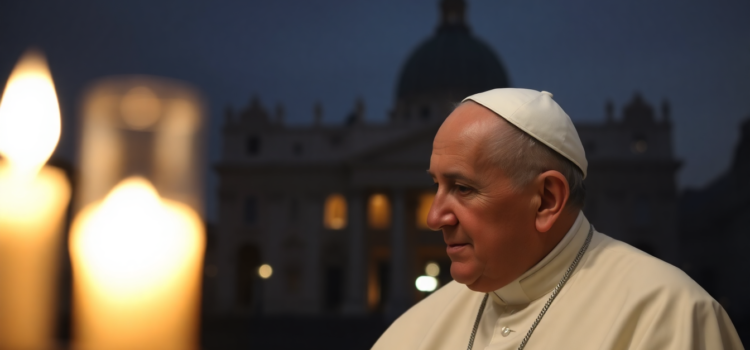


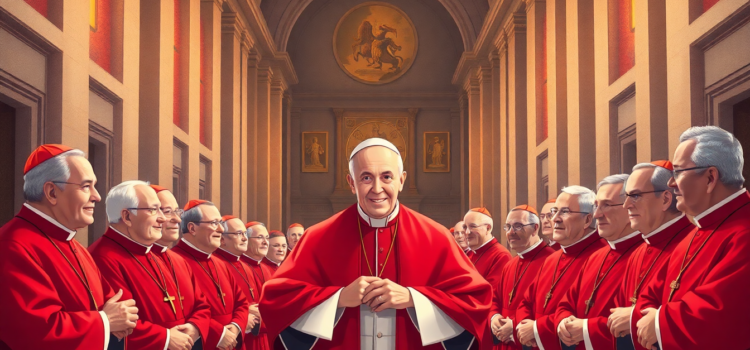

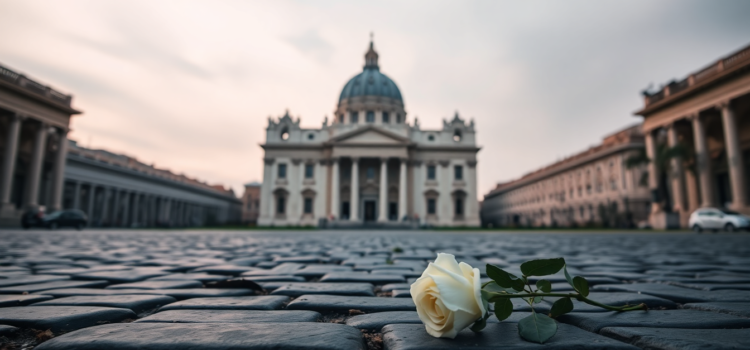
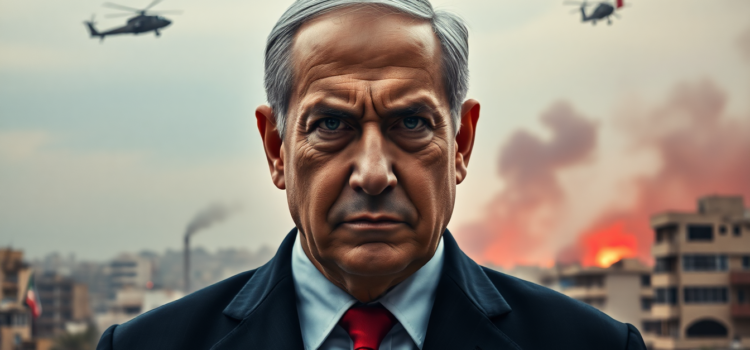


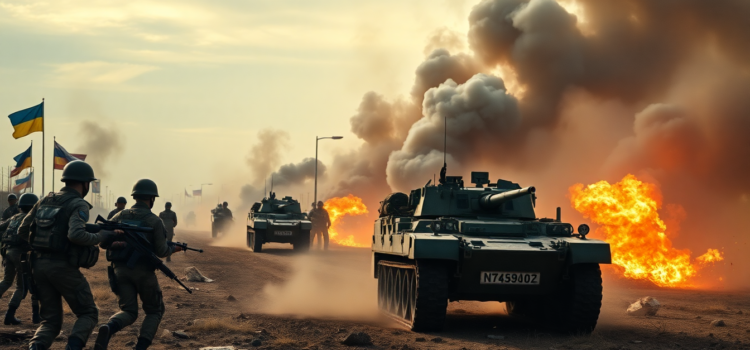
Comments